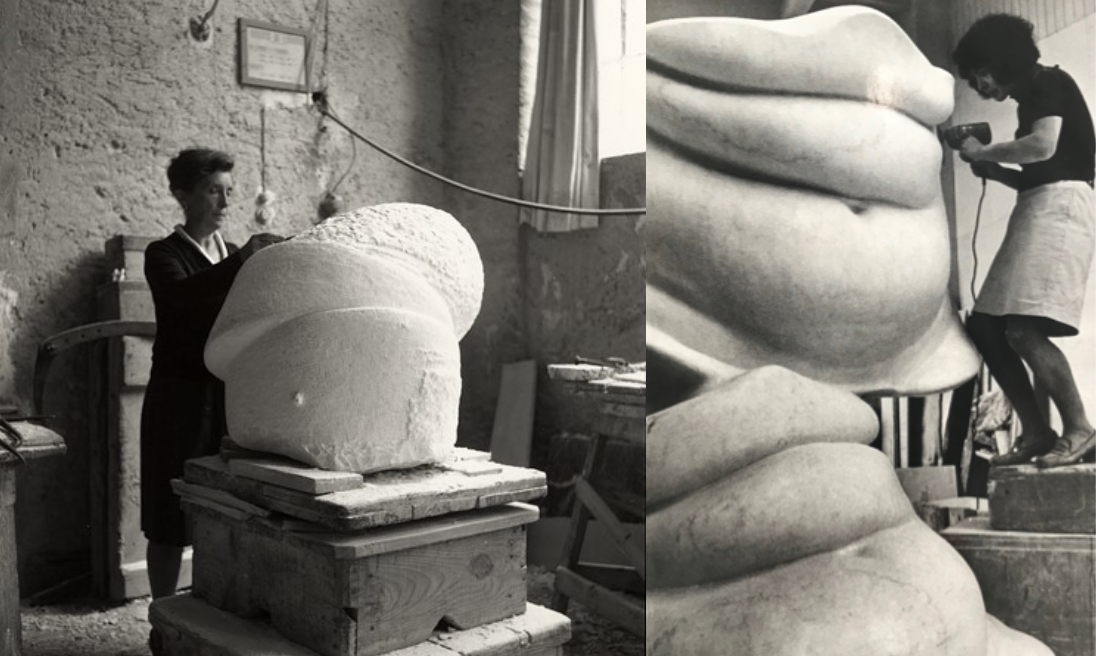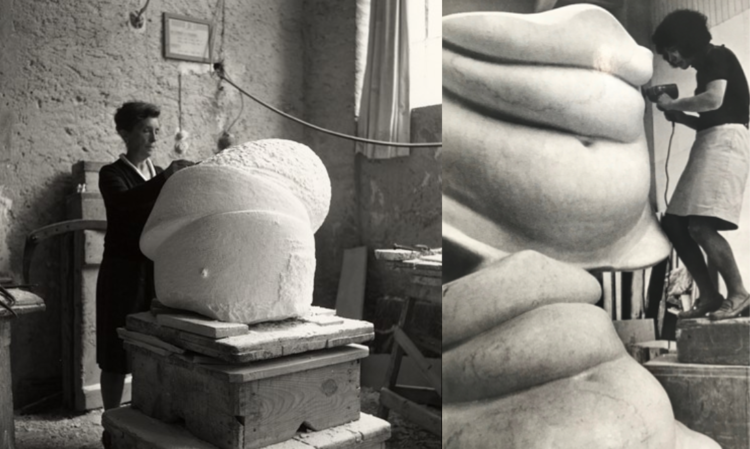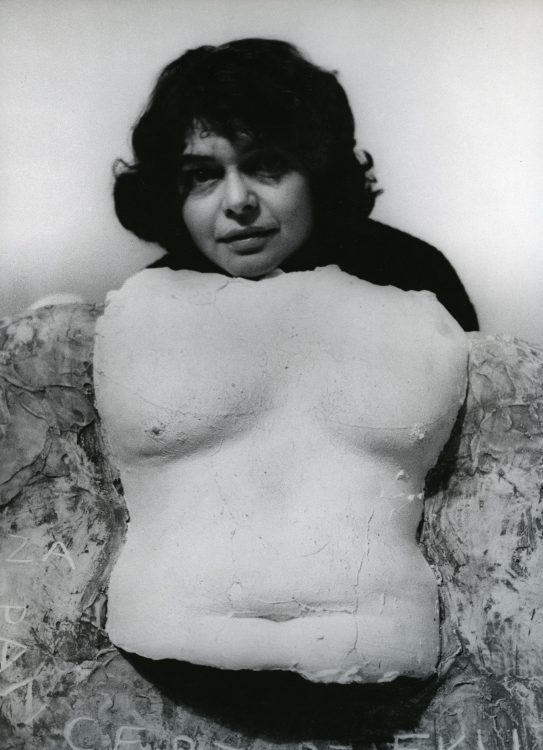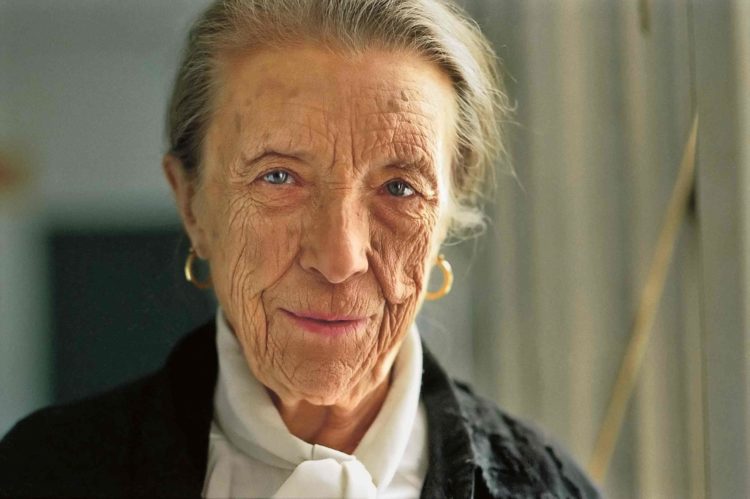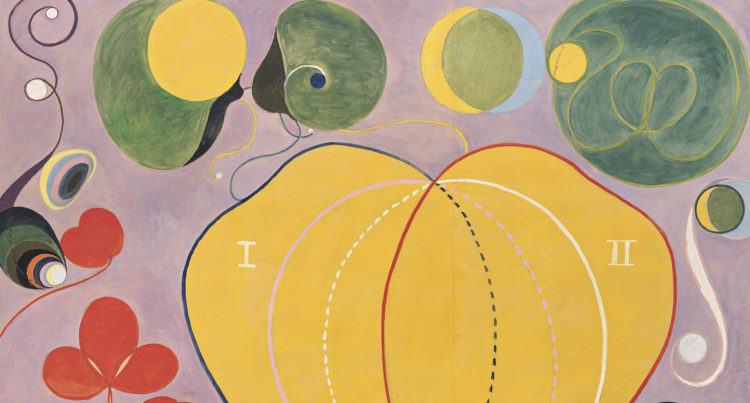Symposium
This symposium aims to explore the interactions at work between Louise Bourgeois and Alina Szapocznikow and, through them, question the creative dynamics of women artists in places of production and exhibition during the 1960s and 1970s with regard to their consequences with social issues of the memory process.
From the arrival of Louise Bourgeois in Paris on the occasion of the hanging of La Fée Couturière in the gardens of the Rodin Museum for the Salon de la Jeune Sculpture in 1965 to the death of Alina Szapocznikow in 1973, the two artists maintained relationships built on admiration and competition. Both actively claimed their independence through creative experiments, trips to places of production and exhibition, development of networks of critics and gallery owners. Considering that they drew a conscious or unconscious inspiration from their lives, does the biographical prism shed light on the tensions within their works? How does their meeting fit in the history of women’s confidence in post-war contemporary art? Does it also allow us to renew the gaze on their works as well as on the possible genealogies and exchanges between women artists?
Through their interactions, the conference aims to consider the activity and the status of women artists in society with regard to what gives structure to the worlds of art: institutions, distribution networks, production circuits, market but also dialogues between artists. While the “cordées” made of emulation and questioning of Pablo Picasso with Georges Braque, Henri Matisse, Auguste Rodin or Alberto Giacometti have been widely studied and exhibited, those of women artists remain largely unexplored. Could the interactions between Louise Bourgeois and Alina Szapocznikow be a paradigm for a new dynamic approach to the works of women artists?
The analysis of their exchanges during this period makes it possible to study in more detail this decisive moment in their careers and in post-war sculpture when, allowing themselves to look at numerous creative practices (surrealist, biomorphic, antique, abstract, pop), the two female artists freed themselves from movements and developed personal practices, sometimes offbeat, ironic, and humorous, always deliberately subjective and radical.
The symposium will be held in French and in English and with the collaboration of The Estate of Alina Szapoznikow / Piotr Stanislawski / Galerie Loevenbruck, Paris / Hauser & Wirth and The Easton Foundation
Practical informations
Fraday 7 and Saturday 8 October 2022, from 9:30 to 5:30 pm
Institut National d’Histoire de l’Art
2 rue Vivienne, 75002 Paris
Auditorium Jacqueline Lichtenstein
Institut National d'Histoire de l'Art, Auditorium Jacqueline Lichtenstein
Camille Morineau (conservatrice du patrimoine, fondatrice d’AWARE)
Camille Morineau, heritage curator, founder of AWARE
Griselda Pollock (professor emerita, University of Leeds) [ZOOM]
Moderator: Deborah Laks (research fellow, CNRS)
Lara Conte, professor (Università Roma Tre) – Geographies of Sculpture in the Sixties: Attendances, Encounters and Exchanges Between Female Sculptors in the Marble Workshops of Henraux in Seravezza.
Hélène GheysensP(hD candidate, Université Paris 1 Panthéon-Sorbonne) – Psycho- politics “In-Between”: Alina Szapocznikow and Louise Bourgeois in Italy.
Moderator: Matylda Taszycka (head of research programmes, AWARE)
Anda Rottenberg (art historian, critic and curator) – Adolescent Perspective
Jo Applin (professor, Courtauld Institute of Art) – Ageing Badly
Moderator: Valentin Gleyze (PhD candidate, Université Rennes 2)
Guitemie Maldonado (professor, Ecole des Beaux-arts de Paris, Ecole du Louvre)
Emilie Bouvard (heritage curator, Institut Giacometti) – Louise Bourgeois, Alina Szapoznikow, Marble Veins. Sources of the Biomorphic Imaginary in Louise Bourgeois and Alina Szapokznikow’s Work.
Lea Vuong (professor, Sydney University ) – Sororal Poetics: Metamorphoses in the Works of Alina Szapocznikow and Louise Bourgeois.
Marie-Laure Bernadac (honorary curator) – Interviews with contemporary artists including Anne Rochette, Rachel Labastie, Jagna Ciuchta.
Moderator: Hélène Gheysens (PhD candidate, Université Paris 1 Panthéon- Sorbonne)
Valentin Gleyze (PhD candidate, Université Rennes 2) – “Awkward Objects” on Both Sides of the Atlantic: Alina Szapocznikow, Louise Bourgeois, the “Baroque” and the Legacy of the Surrealist Object at the End of the Sixties.
Charlotte Matter (Postdoctoral researcher, University of Zurich) – Viscous, Erogenous, Awkward: Materiality and the Body in the Work of Alina Szapocznikow and Louise Bourgeois.
Daniel Belasco (executive director, Al Held Foundation) – Useless Mouths: The Fragmented Body Between Eroticism and Feminism.
Moderator: Clara Zgoła (postdoctoral researcher, Université du Luxembourg)
Sarah Wilson (professor, Courtauld Institute of Art) – Part Objects or The Story of the Psyche? How Should We Reconcile Approaches Towards Louise Bourgeois and Alina Szapocznikow?
Patricia Brignone (professor, École nationale supérieure d’art de Dijon) – Making the Real Livable: Creative Corporeal Processes in Louise Bourgeois and Alina Szapocznikow’s Work.
Moderated by AWARE
Ewa Ziembińska and Alicja Gzowska (chief-curator and curator, The National Museum in Warsaw) – The Other One: Or Why Art Critics and Art History Love Doppelgangers So Much.
Carolina Sprovieri (research assistant, Ecole du Louvre, Columbia University) – Visions and Perception: Evolution of the Concept of Eroticism in Carol Rama and Louise Bourgeois Work.
Moderated by AWARE
Introduction : Matylda Taszycka (head of research programmes, AWARE)
Ariane Coulondre (heritage curator, Musée national d’art moderne – Centre Pompidou) – Germaine Richier, Sculptor “in-between”.
Anne Horvath (chargée de recherche et d’exposition, Centre Pompidou Metz) – Niki de Saint Phalle and Eva Aeppli, Reflection of My Soul.
Juliette Bessette (postdoctoral researcher, Centre André Chastel / Aix-Marseille University) – Carla Accardi & Marta Lonzi. Transparencies.
Organization Committee:
Hélène Gheysens, Université Paris 1 – Panthéon Sorbonne, ED441, Laboratory for Social and Cultural Art History (HiCSA)
Valentin Gleyze – Université Rennes 2 – UR HCA : Histoire et critique des arts
Scientific Committee:
Pascal Rousseau, Université Paris 1 – Panthéon Sorbonne, ED441, Laboratory for Social and Cultural Art History (HiCSA), Ecole des Beaux-arts de Paris
Jean-Pierre Criqui, National Museum of Modern Art, Centre Georges Pompidou
Camille Morineau, AWARE – Archives of Women Artists, Research and Exhibitions.
